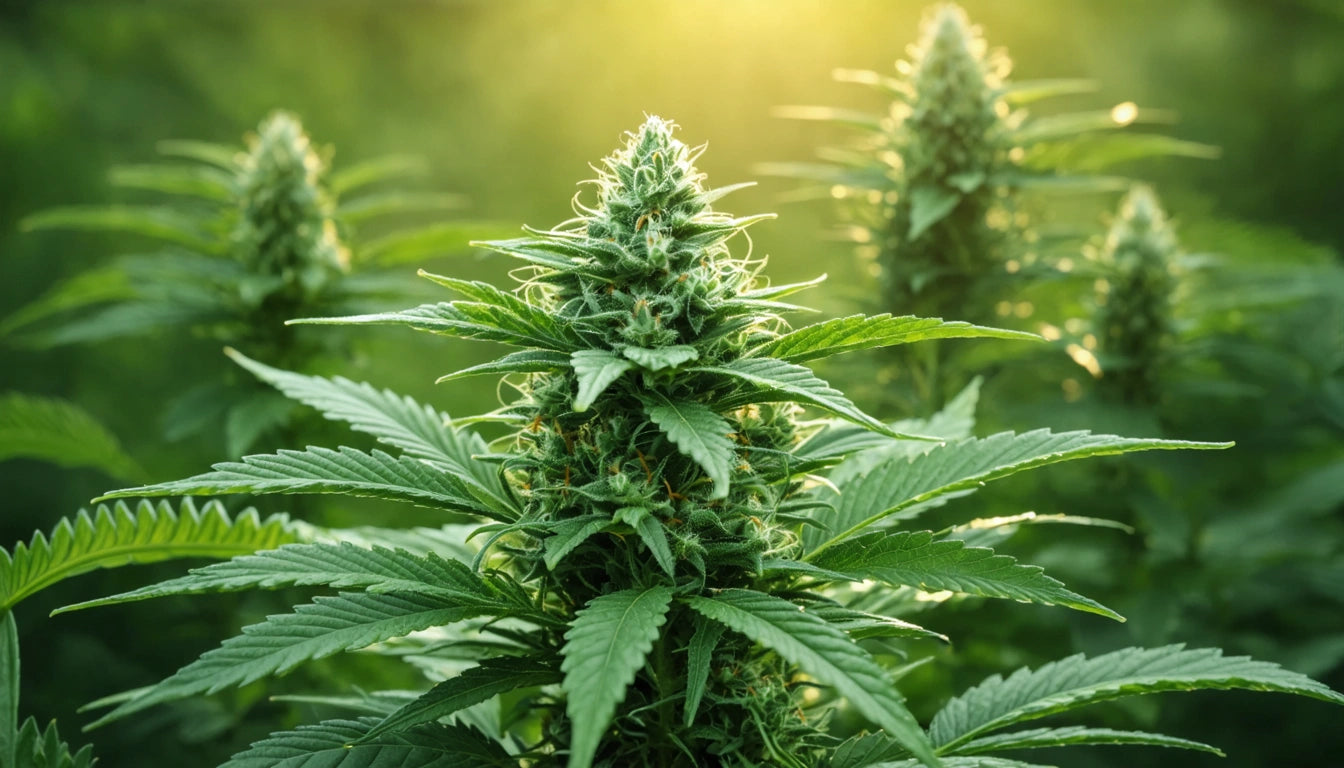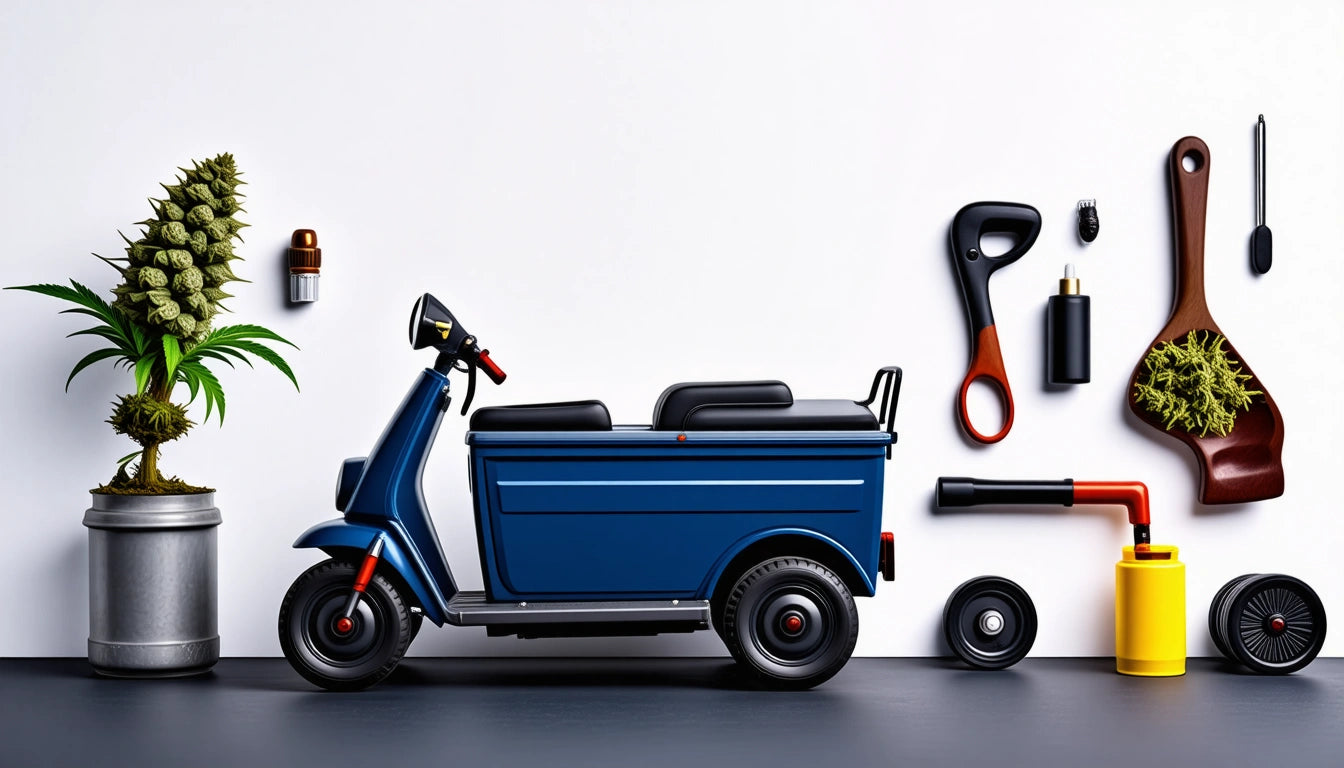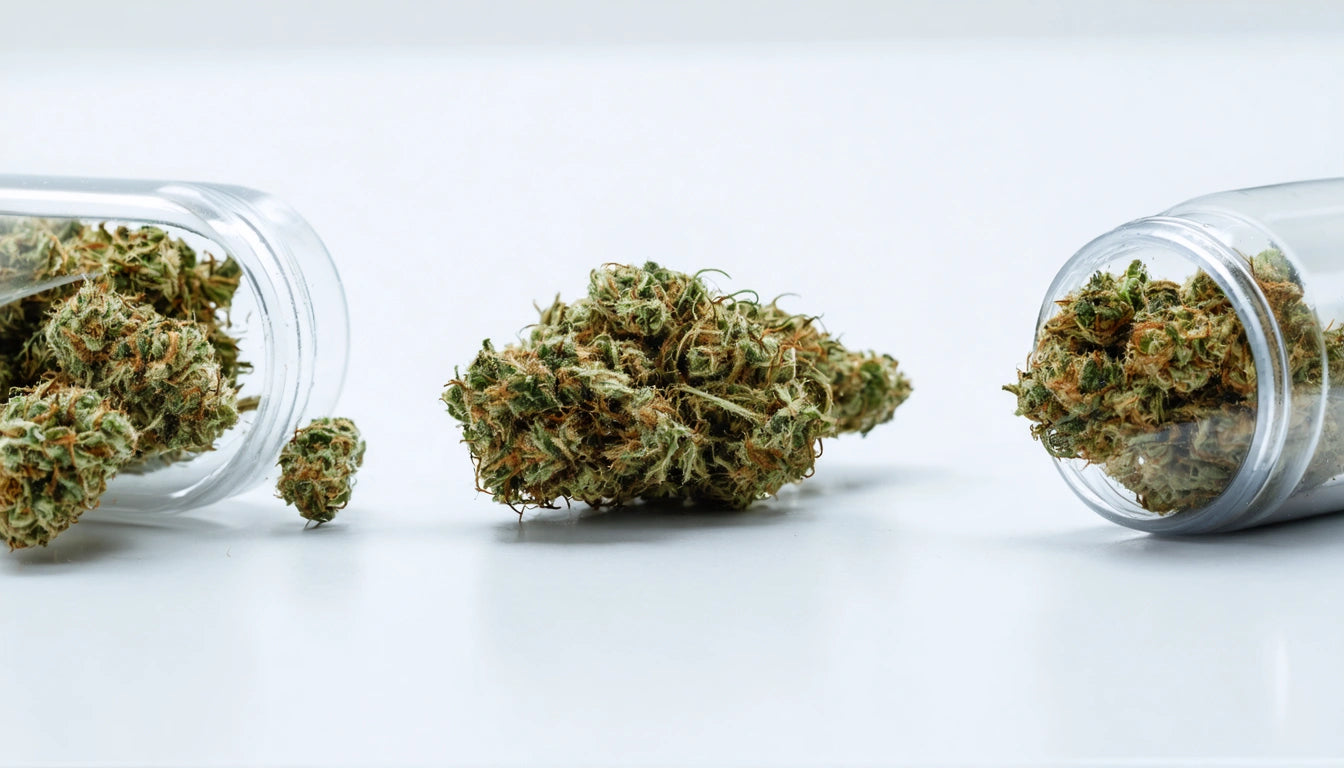Optimal Timing for Topping Your Cannabis Plants
Determining when to top cannabis plants is crucial for cultivators seeking to maximize yields and create bushier, more productive plants. Topping, the process of cutting the main stem to promote lateral growth, requires precise timing to avoid stress and ensure optimal development. This guide explores the ideal moment to perform this high-stakes pruning technique.
Understanding Topping Cannabis Plants
Topping is a high-stress training (HST) technique that involves removing the top growth of the main stem. This redirects growth hormones to the lower branches, creating two main colas instead of one. The result is a wider, bushier plant with multiple bud sites rather than a single dominant cola.
When done correctly, topping can significantly increase yields by creating more even canopies that efficiently use light. However, timing is everything. Too early, and you risk stunting growth; too late, and you lose the benefits of additional vegetative development.
Ideal Growth Stage for Topping
The vegetative stage is when you should top marijuana plants. During this phase, plants focus on structural growth rather than flower production, making it ideal for recovery and new growth development.
Most experienced growers agree that cannabis plants should be topped when they've developed 3-5 nodes. At this stage, the plant has established a strong enough root system and stem to handle the stress of topping while still being young enough to effectively redirect growth.
According to our guide on when and how to top cannabis plants, plants typically reach this stage around 3-4 weeks into the vegetative phase, though this varies by strain and growing conditions.
Node Count: The Key Indicator
Why Node Count Matters
Nodes are the points where branches emerge from the main stem. When determining when to top a cannabis plant, counting nodes provides a reliable indicator of plant maturity.
- 3-4 nodes: Minimum recommended development before topping
- 5-6 nodes: Ideal for most strains, offering optimal recovery time
- 7+ nodes: Late topping, still beneficial but with diminished returns
When a plant has at least 3-4 nodes, it has developed sufficient energy reserves to recover quickly from the stress of topping.
Plant Health Considerations
Before topping, ensure your plants are in peak health. Stressed, nutrient-deficient, or pest-infested plants may struggle to recover from topping.
Signs your plant is ready for topping include:
- Vibrant green foliage without discoloration
- Strong, sturdy stem that can support itself
- Consistent new growth
- No signs of nutrient deficiencies or pest problems
As noted in our complete guide to topping, healthy plants can redirect their energy more effectively, resulting in faster recovery and more vigorous new growth.
Strain-Specific Topping Timelines
When you should top your cannabis plant also depends on genetics. Different strains respond differently to topping based on their growth patterns:
Indica-Dominant Strains
Naturally bushier with shorter internodal spacing, indica-dominant strains often benefit from topping slightly earlier, around the 3-4 node stage.
Sativa-Dominant Strains
With their tendency toward taller, lankier growth, sativa-dominant varieties may benefit from waiting until the 4-5 node stage before topping.
Hybrid strains require observation of their specific growth patterns to determine the best timing for topping. When packaging your harvested buds, proper storage becomes essential for preserving potency. Many cultivators choose specialized eighth bags for storing standard 3.5-gram portions to maintain freshness after all their careful cultivation work.
Advanced Topping Techniques
Beyond basic topping, advanced growers may implement techniques like FIMing ("Fuck, I Missed") or multiple toppings to further increase yield potential.
Multiple Topping Sessions
For extended vegetative periods, consider sequential topping:
- First topping: At 4-5 nodes
- Second topping: 1-2 weeks after first topping, once new growth has established
- Third topping (if time allows): 1-2 weeks after second topping
Each topping session should allow sufficient recovery time, typically 1-2 weeks depending on plant health and vigor. Perfect timing for multiple toppings can create extremely bushy plants with numerous bud sites.
Maximizing Yield Through Strategic Timing
The best time to top a cannabis plant is ultimately determined by your specific growing goals, available space, and cultivation timeline. For commercial growers, maximizing yields while maintaining consistent canopy height is often the primary objective.
When done at the optimal time, topping can increase yields by 20% or more compared to untrained plants. This technique works particularly well when combined with other training methods like LST (Low-Stress Training) or SCROG (Screen of Green).
Remember that each plant is unique, and observation remains your best tool. Monitor growth rates, recovery times, and overall plant response to determine the ideal topping schedule for your specific garden.
By understanding when to top cannabis plants based on node development, plant health, and strain characteristics, you'll be well on your way to cultivating bushier, more productive plants with impressive yields.











Leave a comment
All comments are moderated before being published.
This site is protected by hCaptcha and the hCaptcha Privacy Policy and Terms of Service apply.